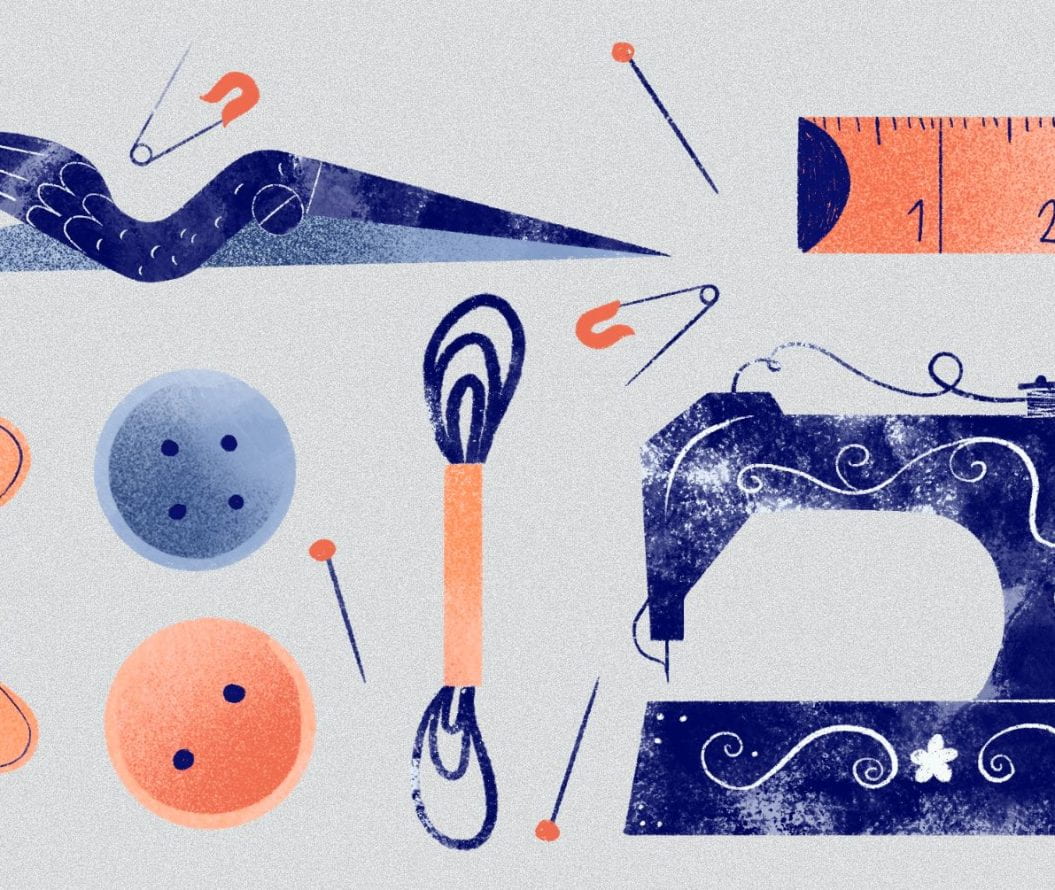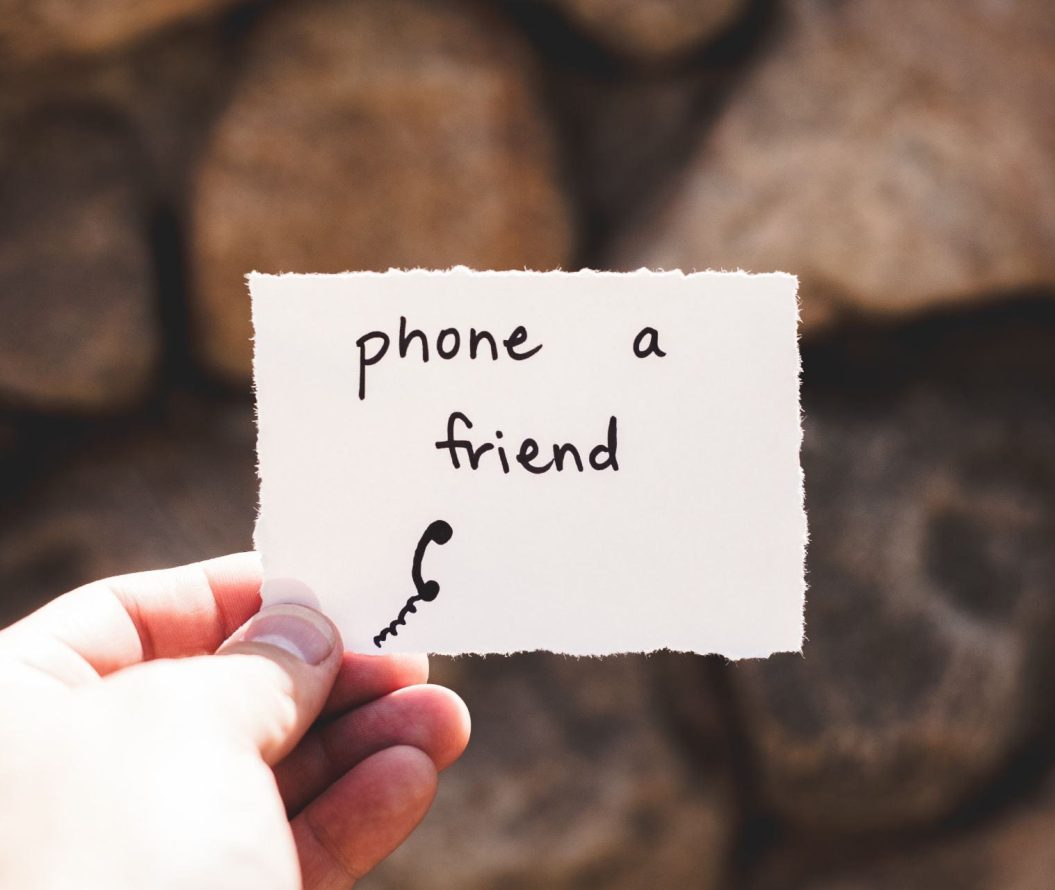Hi, I'm currently in third year studying MChem Chemistry for Drug Discovery and Development. I am passionate about science , LGBTQ+ rights and swimming too.

Well…. The short answer is yes but I’m going to discuss why they work and the things to do, to get as many benefits as possible out of creating and using them.
What are they?
To begin we need to understand what a to do list is. As the name suggests, it is a list of tasks that still need to be completed in the near or sometimes far future. To do lists can take many different forms, be it on a post it note, or on an app on your phone. They are now more accessible than ever which leads to the next section.
Why should I use one?
At some point in your life you have inevitably tried and failed to create and effectively use a to do list. So frankly, what’s the point. Well, studies have shown that when we have several important tasks to do at once (for example 3 assignments), whilst we are completing one task, our minds are so busy stressing and overthinking the other tasks that what you are doing is not done to the best of your ability. Research into this conducted by professors Baumeister and Masicampo from Wake Forest University in North Carolina, shows that making a to do list and organising goals/tasks means that as long as a plan has been made to complete it later on, thoughts of an unfinished task will no longer distract from the task you are doing at that present time. This means that using to do lists allows our minds to fully focus on each and every task as we do them rather than getting distracted by the long list of other tasks that still need to be completed.
How can I use them effectively?
When I first started using to do lists, I tried using a weekly list, but I noticed that it was making me more stressed as I kept not sticking to it. Following advice from David Allen’s book, Getting Things Done: The Art of Stress-Free Productivity, I split my list into detailed daily chunks which allowed things to be completed in a much more effective way that wasn’t as mentally exhausting as just randomly completing tasks.
In Allen’s book he explains the Getting Things Done (GTD) model. The GTD model starts with the idea that as new jobs come up, it is important to keep a record of each and every one so it can be completed efficiently and effectively; if the job does not seem possible at that time then it should be added to another list of things to be done in the near or far future. I took this on board and started making a detailed list of things to have done before I finished my studies for the day. I found this to be very effective as not only does it increase your productivity, but it also motivates you to get to the end of your list before having “free time”. This removes an element of distraction because rather than dipping in and out of work, it allows the important things to be completed whilst leaving time for fun activities afterwards. Separating the two means that important tasks are completed more effectively and “free time” is more enjoyable, as you are not constantly thinking about the task you should be doing.
https://www.instagram.com/p/B-ZkiiCBnvx/
Top tips:
- Stay persistent – I found that the model requires creating and completing the to do lists every day, or failure is likely as you become distracted and consumed by other things which then leads to the important tasks and deadlines getting left behind or forgotten about.
- Don’t think everything will change straight away – When I first started using the GTD model I thought that I would easily be able to get my studies organised and that all the stress would almost instantly dissipate. I quickly learnt that this wasn’t the case and that the GTD model is a matter of time, patience, perspective and having a systemised way of dealing with tasks as they come along.
- If you are struggling, thing positive – It can be very hard to start using to do lists productively and if you find you are making a list and not getting much of it done try writing a ta-da list at the end of every day. This is a list of everything you have done in that day, a lot of which probably wouldn’t have been on your to do list. Use this as inspiration to start afresh the next day and give it another go.
- Keep reviewing your method to find what works for you – A few weeks into the model I discovered that it is really important to review your progress regularly and reflect on it; weekly reviews allowed me to catch up on any missed tasks and complete extra tasks that emerge whilst doing other tasks.
I hope that this has restored some of your confidence in the good ol’ to do list and I wish you all the best with creating one that works for you. If you would like some more information on how to best use to do lists do check out David Allen’s book Getting Things Done: The Art of Stress-Free Productivity.
This article is featured on Learning at Lincoln.
Please note: This content was created prior to Coronavirus, and some things might be different due to current laws and restrictions. Please refer to the University of Lincoln for the latest information.




